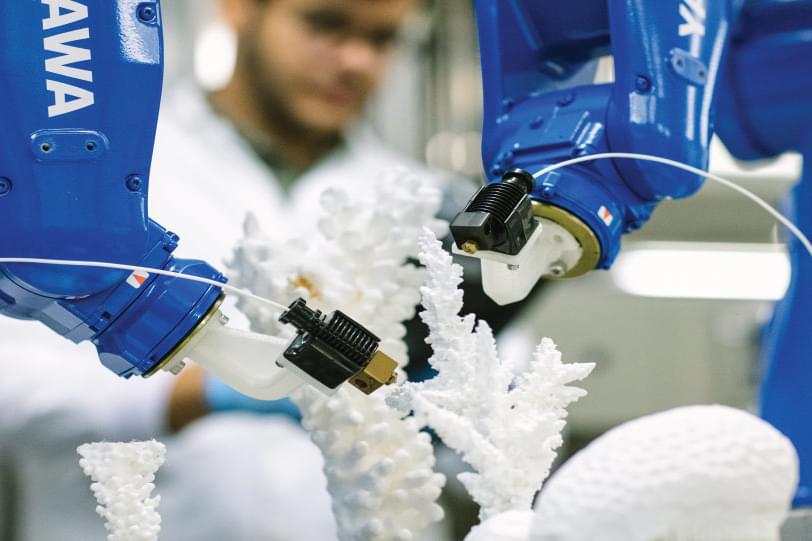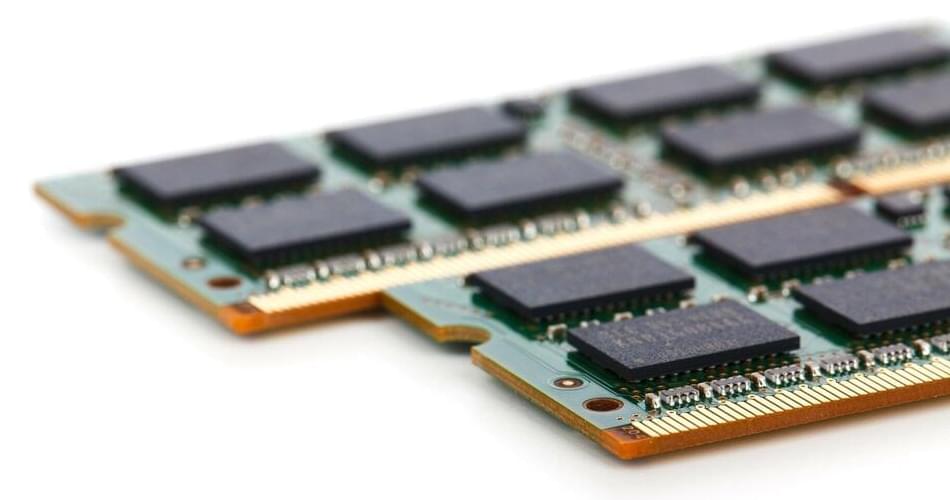More entanglements in the material help polymer chains slip without breaking.
Category: materials – Page 245


An Experiment For Consciousness? Scientists And Philosophers Across Three Countries Debate It
Last year, scientists inferentially detected the existence of 2D visual mental representations that fundamentally change vision science. “The question becomes, what are they exactly? Are they patterns of neurons firing? Are they some kind of phenomenon not necessarily reducible to any kind of physical substrate?” Asks Jessica M. Wilson, philosopher and author of the book Metaphysical Emergence.
Coming up, scientists and philosophers spanning three countries weigh in on an experiment to discover the material nature of consciousness and the content of our experiences.
Let’s start with a definition: Consciousness is awareness. It’s the qualitative experience of that awareness — what it’s like to be something.

Study reports the ferroelectric switching of spin-to-charge conversion in germanium telluride
Spintronic devices, a class of architectures that can store or transfer information by leveraging the intrinsic spin of electrons, have been found to be highly promising, both in terms of speed and efficiency. So far, however, the development of these devices has been hindered by the poor compatibility between semiconducting materials and ferromagnetic sources of spin, which underpin their operation.
In fact, while some semiconductors can generate electrical currents from transverse spin currents and vice versa, reliably controlling this spin-charge conversion has so far proved to be highly challenging. In recent years, some material scientists and engineers have thus been investigating the potential of fabricating spintronic devices using ferroelectric Rashba semiconductors, a class of materials with several advantageous properties, such as semiconductivity, large spin-orbit coupling and non-volatility.
A team of researchers at Politecnico di Milano, University Grenoble Alpes and other institutes worldwide have recently demonstrated the non-volatile control of the spin-to-charge conversion in germanium telluride, a known Rashba semiconductor, at room temperature. Their paper, published in Nature Electronics, could have important implications for the future development of spintronic devices.

Scientists experimentally reconstruct Bloch wavefunction for the first time
Lightspeed is the fastest velocity in the universe. Except when it isn’t. Anyone who’s seen a prism split white light into a rainbow has witnessed how material properties can influence the behavior of quantum objects: in this case, the speed at which light propagates.
Electrons also behave differently in materials than they do in free space, and understanding how is critical for scientists studying material properties and engineers looking to develop new technologies. “An electron’s wave nature is very particular. And if you want to design devices in the future that take advantage of this quantum mechanical nature, you need to know those wavefunctions really well,” explained co-author Joe Costello, a UC Santa Barbara graduate student in condensed matter physics.
In a new paper, co-lead authors Costello, Seamus O’Hara and Qile Wu and their collaborators developed a method to calculate this wave nature, called a Bloch wavefunction, from physical measurements. “This is the first time that there’s been experimental reconstruction of a Bloch wavefunction,” said senior author Mark Sherwin, a professor of condensed matter physics at UC Santa Barbara. The team’s findings appear in the journal Nature, coming out more than 90 years after Felix Bloch first described the behavior of electrons in crystalline solids.
The Ocean Cleanup begins cleaning the Great Pacific Garbage Patch
Get updated on the efforts of the organization; “Ocean Cleanup” in cleaning up the oceans. The video also details the technology and systems they are using.
The nonprofit global cleaning crew called The Ocean Cleanup, led by founder and CEO Boyan Slat, announced recently that it had reached viability of its ocean plastic-collecting System 2 technology and plans to begin cleaning plastic pollution in the Great Pacific Garbage Patch immediately while beginning development of System 003.
The Ocean Cleanup https://theoceancleanup.com.
THE OCEAN CLEANUP PROVES VIABILITY OF TECHNOLOGY WITH SYSTEM 002; REMOVAL OF PLASTIC FROM GREAT PACIFIC GARBAGE PATCH TO BEGIN IMMEDIATELY https://bit.ly/3BEbNtJ
Check out the Team Seas collab with The Ocean Cleanup and get involved https://teamseas.org.

3D-printed calcium carbonate coral skeletons could help restore reefs
Living coral reefs consist of rigid porous “skeletons” inhabited by the tiny coral polyps that built them. A new research project aims to restore damaged reefs faster than ever, utilizing 3D-printed skeletons made of the same material as the real thing.
First of all, there have been other projects that attempted to encourage the regrowth of coral by placing artificial skeletons on existing reefs. In most cases, though, those skeletons were made of materials such as concrete or polymers.
This means that waterborne coral polyps arriving at the reef have had to secrete calcium carbonate onto the structures, in order to “make them their own.” Given that some corals grow at a rate of just a few millimeters per year, it can take quite a long time to rebuild reefs in this fashion.

Researchers discover predictable behavior in promising material for computer memory
In the last few years, a class of materials called antiferroelectrics has been increasingly studied for its potential applications in modern computer memory devices. Research has shown that antiferroelectric-based memories might have greater energy efficiency and faster read and write speeds than conventional memories, among other appealing attributes. Further, the same compounds that can exhibit antiferroelectric behavior are already integrated into existing semiconductor chip manufacturing processes.
Now, a team led by Georgia Tech researchers has discovered unexpectedly familiar behavior in the antiferroelectric material known as zirconium dioxide, or zirconia. They show that as the microstructure of the material is reduced in size, it behaves similarly to much better understood materials known as ferroelectrics. The findings were recently published in the journal Advanced Electronic Materials.
Miniaturization of circuits has played a key role in improving memory performance over the last fifty years. Knowing how the properties of an antiferroelectric change with shrinking size should enable the design of more effective memory components.

Physicists discover how particles self-assemble
A team of physicists has discovered how DNA molecules self-organize into adhesive patches between particles in response to assembly instructions. Its findings offer a “proof of concept” for an innovative way to produce materials with a well-defined connectivity between the particles.
The work is reported in Proceedings of the National Academy of Sciences.
“We show that one can program particles to make tailored structures with customized properties,” explains Jasna Brujic, a professor in New York University’s Department of Physics and one of the researchers. “While cranes, drills, and hammers must be controlled by humans in constructing buildings, this work reveals how one can use physics to make smart materials that ‘know’ how to assemble themselves.”
